Speculative Management: Stock Market Power and Corporate Change
$20.00
| Author(s) | |
|---|---|
| Format |
|
| Pages |
328 |
| Publication Year |
2005 |
Speculative Management: Stock Market Power and Corporate Change argues that recent initiatives by industrial management were directed more toward short-term gains than improving efficiency.
Introduction:
In the fall of 2001, the stock price of Enron, America’s seventh largest corporation, collapsed amid reports of deepening accounting irregularities, fictitious profits, shredded audit documents, and the suspicious suicide of a key executive. Enron struggled to avoid bankruptcy but failed. Arthur Andersen, Enron’s Big Five auditor, failed as well. Enron and its most important trading partners, Dynergy, Reliant, and CMS Energy, were found to have engaged in sham accounting, including the booking of “round-trip swaps” to inflate revenues and earnings by as much as $4 billion.
Congressional hearings were held after the stocks of Global Crossing and WorldCom plummeted as accounting irregularities were discovered. The widening scandal underscored an uncomfortable change in U.S. capitalism: deft manipulation of stock prices and accounting figures have displaced the efficient management of industrial production as the central concern of U.S. corporate executives.
This book chronicles changes in U.S. finance that increased the power of the stock market over corporate life, diverting focus from production to speculative management, the control of corporate actions and results to raise the trading price of corporate shares. This book describes how the speculative logic of the stock market was transmitted through the mediation of financial accounting, the business media, and corporate governance to encourage the dramatic restructuring of America’s largest corporations in the late twentieth century.
Corporate change in recent times, from hostile takeovers in the 1980s, to downsizing of U.S. firms in the early 1990s, to the spectacular failures of Enron, World-Com, and Global Crossing in the early 2000s, was closely bound to speculative trading in equity securities. Speculative management cuts across and deepens understanding of this broad spectrum of corporate change. The study’s empirical focus is the episode of downsizing and corporate restructuring that peaked in U.S. corporations in the early 1990s. We begin with the consideration of a prominent example: Sun-beam Corporation.
Contents:
- The Speculative Management of Corporate Restructuring: Introduction and Overview
- Transactional Finance in Late-Twentieth-Century America
- Social Intermediaries and the Wave of Internal Corporate Restructuring in the Late Twentieth Century
- Financial Accounting as a Social Intermediary
- Social Intermediation, Corporate Governance, and Financial Markets
- The Rise of Corporate Restructuring, 1984–1990
- The Reign of Restructuring, 1991–1993
- The Decline and Delegitimation of Restructuring, 1994–1997 208
- The Speculative Management of Corporate Value: Summary and Conclusions
Speculative Management: Stock Market Power and Corporate Change By Dan Krier pdf
3 reviews for Speculative Management: Stock Market Power and Corporate Change
Clear filtersOnly logged in customers who have purchased this product may leave a review.

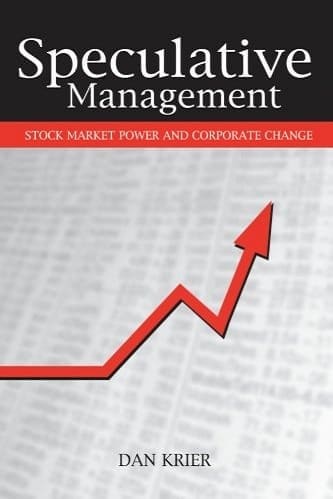
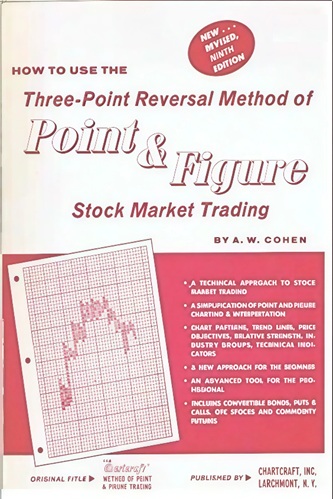
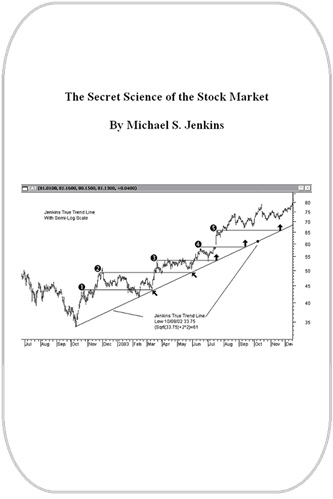
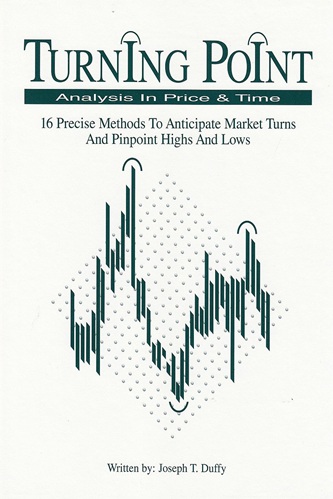

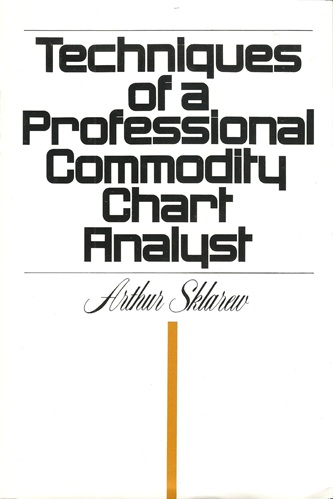
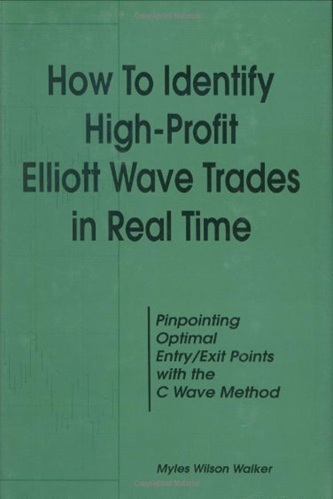


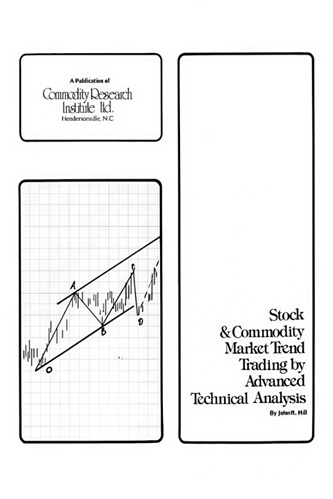
Douglas Barrera (verified owner) –
Krier provides important insights into how corporate management used generally accepted accounting principles to inflate earnings and stock values in the late twentieth century.
Beatrice Meza (verified owner) –
Few topics are more relevant in our present era of economic restructuring and globalization than an understanding of the forces that drive this process. As Krier notes, the American style of speculative management is itself being exported abroad, which is a strong argument for the contemporary relevance of this book. Well written, well argued, and based on solid scholarship, this book makes a major contribution to the field.
Lucian Clark (verified owner) –
An important reference item for every business collection.